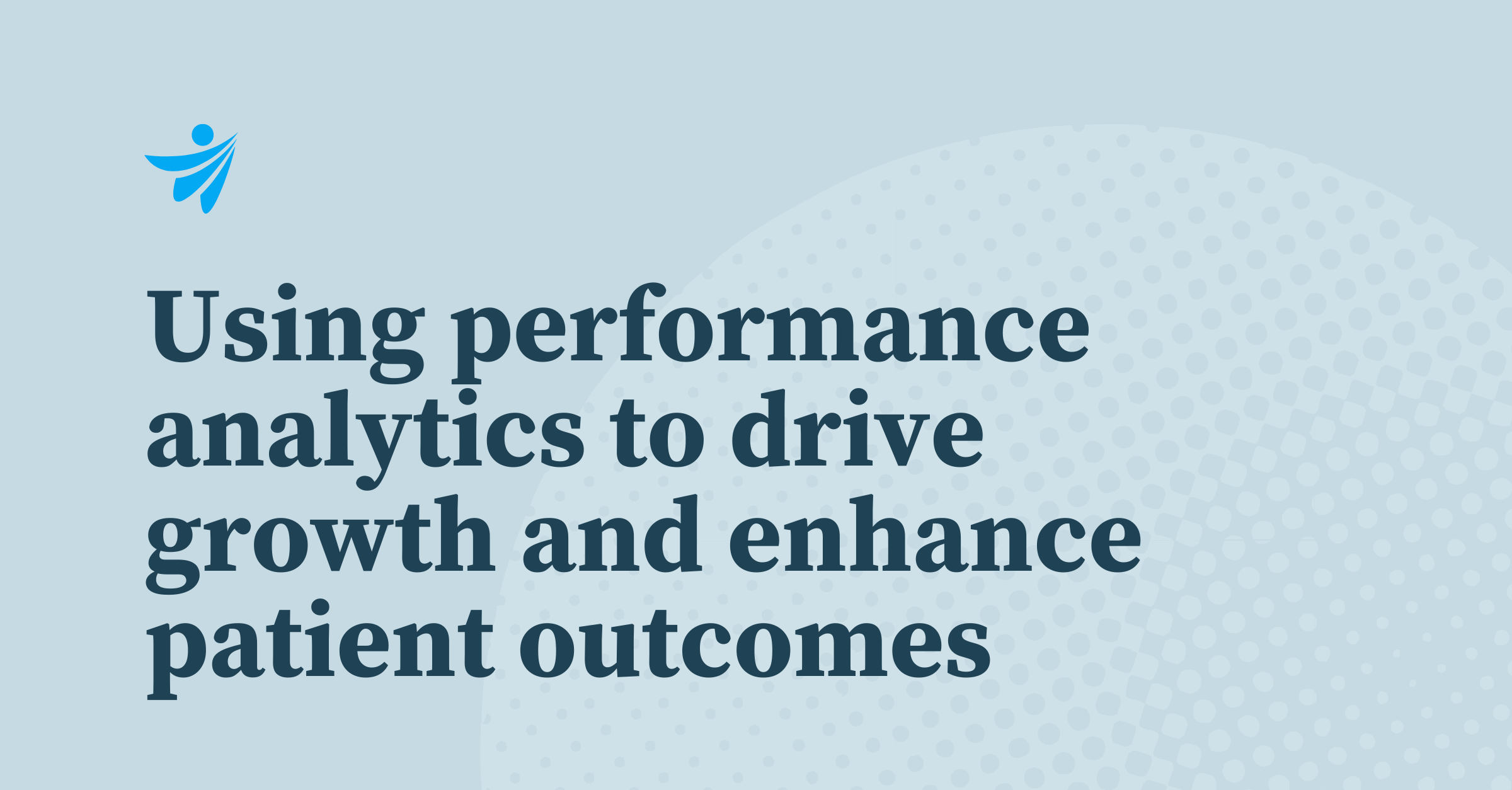
Insights for Providers
Jul 19, 2024
Insights for Providers | February 23, 2024
Hospitals that effectively leverage healthcare data analytics benefit from having access to precise insights that help lead to better decisions for patients and the hospital’s bottom line. Healthcare data comes from countless places, including claims, clinical outcomes, and administrative data, plus patient surveys, electronic health records, pharmaceutical data, patient registries, and clinical trials. There are hundreds of data points in every healthcare interaction, coming in both structured and unstructured forms. Capture, management, and analysis of this data is no small undertaking. Healthcare data analytics is like the Swiss Army knife of hospital efficiency. Data-driven insights into patient care, finances, and resource allocation can improve outcomes, reduce costs, and foster growth. From increasing revenue growth to reducing readmissions to forecasting equipment maintenance, predictive analytics can help your hospital identify, address, and close critical caps in every aspect of the business. Traditionally, patients have not had much control over their healthcare. They would see a doctor covered by their insurance and receive the care their doctor recommended. But consumers today are shopping for and using healthcare in ways that even a few years ago would not have been possible. To keep up, it is imperative that providers and payers understand patient demographics and the overall health of the population. Healthcare organizations – including hospitals, payers, and providers – can use predictive data analytics to segment and then reach out to patients based on demographics, health conditions, and medical history. From a payer perspective, this data can provide insight into payment behaviors, such as willingness to or ability to pay for services or tendencies toward late payments. This helps form the foundation of strategic pricing models and more effective patient billing strategies, including personalized payment plans. Predictive analytics identifies patterns in patient needs, which allows providers to better forecast demand and more accurately and dynamically set prices high for in-demand high-revenue services and lower for those with less demand that are ultimately less profitable. This insight also enables revenue management practices that resemble those leveraged elsewhere, such as the hospitality and airline industries, which adjust prices based on demand for a service. Predictive data analytics also shed light on market trends and competitor pricing strategies. Without this information, providers are operating in a vacuum. This data helps identify the right price point for the patients. Providers are trying to attract patients without undercutting potential revenue because they have the full pricing picture from a patient and competitor perspective. Analytics tools can also be used to evaluate payer contract performance, identifying which contracts are most lucrative and which may need renegotiation. This helps in optimizing the mix of payer contracts to maximize revenue. Healthcare consumers aren’t just considering price when they are seeking healthcare services. The rise of value-based care means that patients are essentially looking for more bang for their buck. They are increasingly willing to pay more for higher-quality services. Outcomes data enables providers to develop outcomes-based pricing models and justify pricing on the quality and effectiveness of care, and with the data that demonstrates the higher-quality offerings, patients – and payers – are more willing to justify the cost. In addition, analytics tools can analyze historical billing data and identify medical coding errors before claims are submitted, helping to mitigate claims rejections or underbilling. Similarly, analytics can examine patterns in denied claims, helping providers understand why claims are rejected. With this information in hand, providers can adjust billing practices and improve the acceptance rate of future claims. Predictive analytics also allow for the forecasting of revenue streams based on billing trends, helping healthcare providers plan for future financial needs and investments. Together, all this pricing data puts hospitals in a more competitive position, allowing them to forecast the need for services more accurately so they can better manage revenue streams. Patient readmissions are a costly challenge for hospitals, with more than $50 billion spent annually on care for patients readmitted within 30 days. However, if hospitals successfully leverage analytics data to identify patients at risk of being readmitted, they can intervene sooner and potentially prevent readmission. Data analytics can also help streamline care coordination, tailor post-discharge plans, and improve follow-up care, addressing issues like medication mismanagement or inadequate home care. Using healthcare data analytics to identify readmission patterns allows providers to intervene with targeted interventions and more effective care plans and prevent the need for readmission for many patients. Addressing these issues before they escalate improves care quality and lowers costs. Analyzing historical performance data and usage patterns is critical for essential hospital equipment, too. By flagging signs of wear and predicting potential failures, preventive maintenance can be scheduled, reducing downtime, minimizing unexpected costs, and ensuring critical medical equipment remains operational. Again, saving time and money. Knowledge is power, and data is knowledge. When armed with the right insights about its patient population, hospitals enhance operational efficiency. Predictive data analytics informs pricing and billing optimization, lowers readmission rates, and helps steer predictive models and forecasting, which all help to improve patient care, lower costs, and drive revenue growth. Predictive analytics drive pricing and billing optimization
Using healthcare data analytics to reduce readmissions
Leveraging healthcare data analytics to forecast equipment maintenance
Harnessing healthcare data analytics boosts quality and operational performance